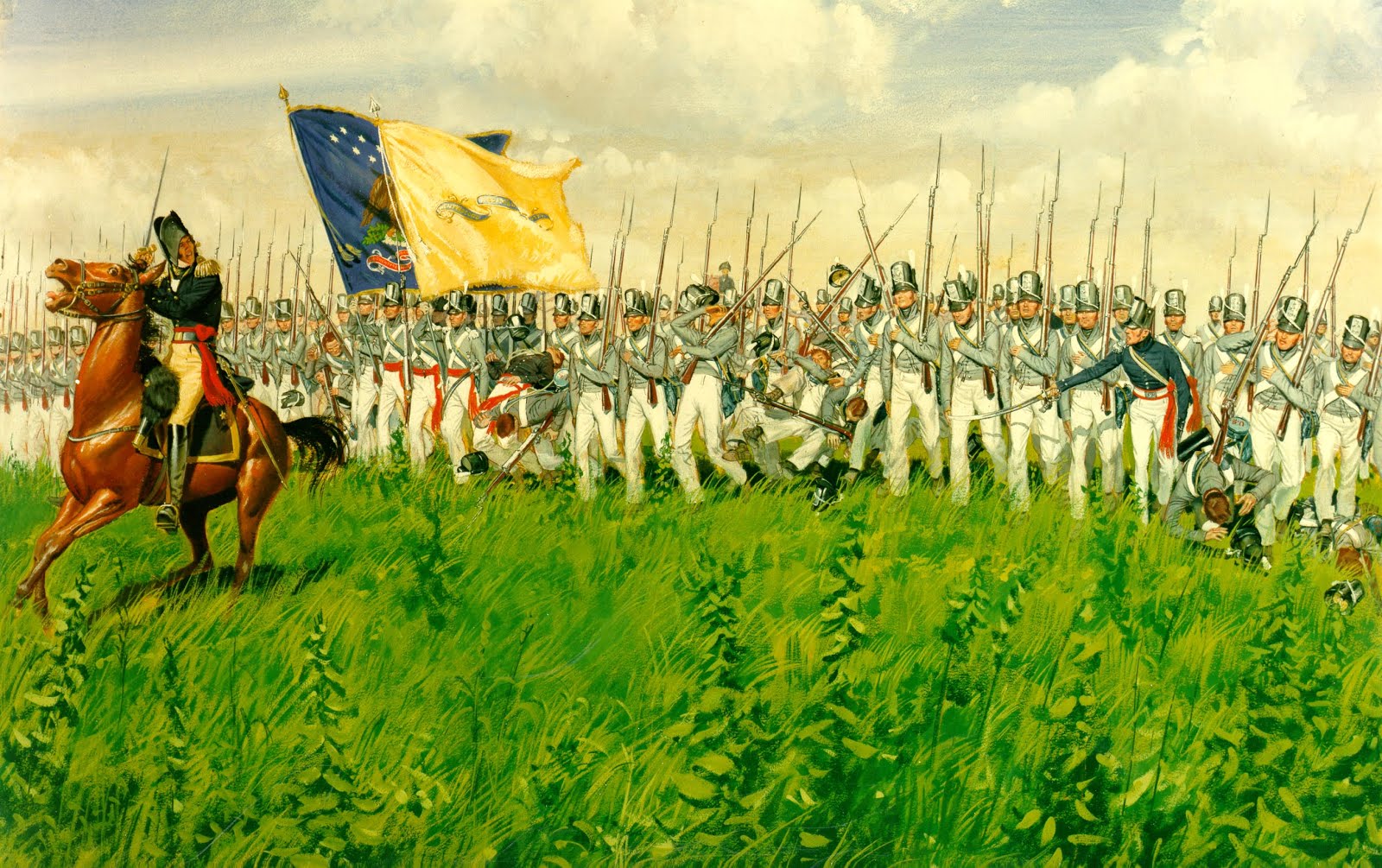43rd Light Infantry (Monmouthshire) First Battalion
One of the latter created light infantry units, in 1803 the 43rd Foot was authorized to dress as the 52nd Light infantry but retained its white facings.
Like most British light infantry units the 43rd browned the barrels of their muskets to minimize detection when deploying or skirmishing. This unit continued to wear its stove piped shakos after the 1812 regulations were enacted. Their shako was adorned with a the classic light infantry symbols, the brass bugle horn and green plume. After 1811 they wore the standard grey trousers with gators.
The officer's tended to be cavalier in their dress. They wore red hussar style pelisses with light grey fur and silver braiding and ornaments. The photo of a painting of Captain William Napier and the following print gives one and impression of the pelisses worn by officers of the 43rd.
The bugler is shown in reversed colours but should be adhering to the 1812 order of dress that required the red tunic.








